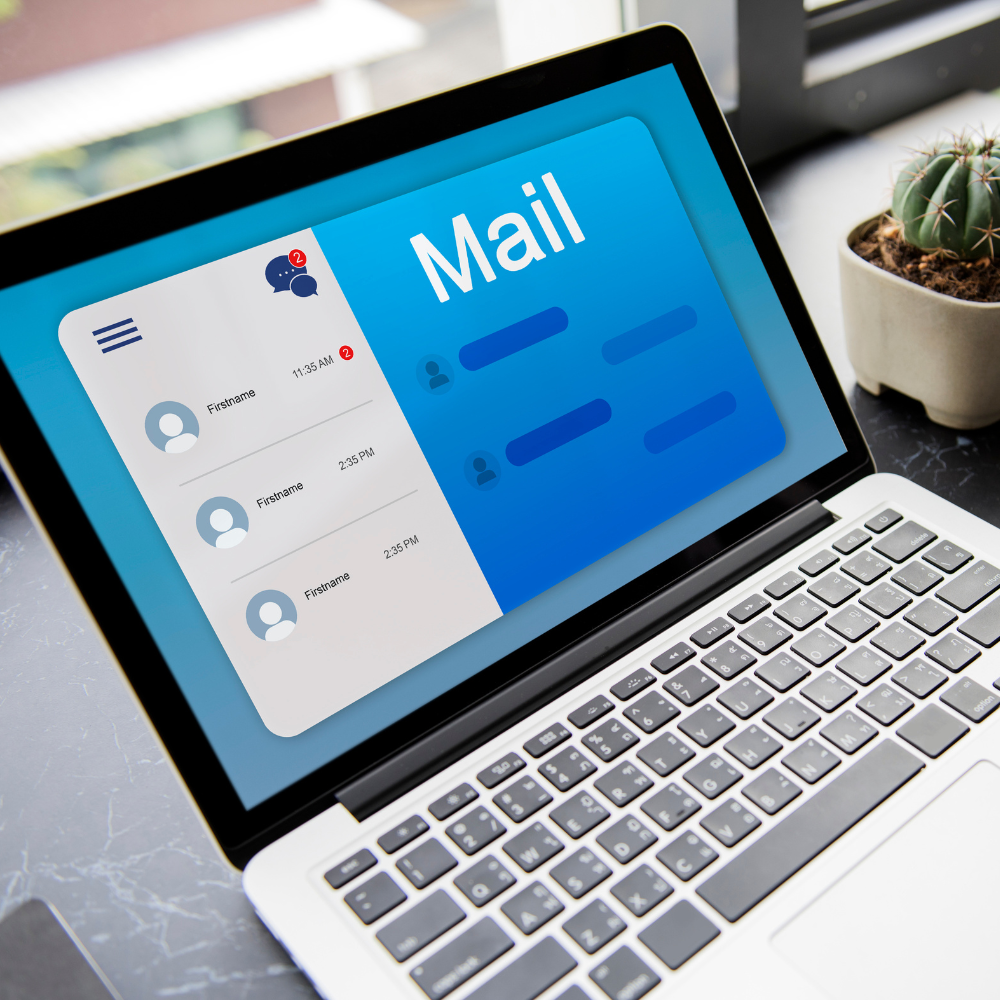Understanding inbound lead quality and its various

Maintaining customer engagement primarily depends on sustaining an ever-growing list of active email subscribers who click, open, and read most of the messages that arrive in their inboxes.
However, in recent years, email marketers and company owners still need to maintain their email lists. While many professionals frequently focus on expanding their lists, it's equally crucial to ensure they get high-quality leads that can develop into loyal clients.
Weeding out inactive subscribers or those who no longer actively engage with your material can save you time and valuable resources in the long run. Quality over number has an essential place at the table.
What is email list management?
Businesses now use all available communication channels to interact with potential consumers who could become paying customers, and email marketing is one of the many methods that have succeeded over time because its advertising efforts are focused explicitly on a small number of interested customers.
The ultimate aim of email list management is to obtain high and active engagement from your email marketing activities. Any company wants to see some form of growth from the work it puts in, and spending the time and effort to clean up email lists guarantees that brands can connect with the appropriate customers at the right time.
When done correctly, active subscribers—those who open emails, read the material and click the links—get better levels of engagement. When emails reach recipients' inboxes rather than spam bins, this is referred to by some experts as improved deliverability.
Brands and email marketers may be sure that the contacts they have are people who will ultimately convert into paying customers if they have a strong email list, even if it takes them a few tries to find the perfect angle.
Why is email list management crucial for retaining customers?
When a company maintains its email lists and devotes enough effort to selecting the appropriate material, there's a chance that those same consumers will return and either make a purchase, use a service, or sign up for continued contact.
Businesses may concentrate on the audience group most likely interested in the brand or material they distribute by reducing the number of inactive users.
Furthermore, removing unused email addresses may provide companies with more accurate customer information, resulting in more customized emails and marketing initiatives.
Additionally, companies will be able to put their emails higher in their users' inboxes. The majority of the time, email management services like Gmail and Yahoo rely on users to interact with the emails they receive. The less interaction these emails receive, the more likely they will land in spam bins or be permanently deleted from users' inboxes.
Maintaining these lists properly also helps organizations reduce interactions with fictitious or undesirable addresses, spam traps, or people who have stopped engaging with any of their material.
Lastly, eliminating static addresses might aid in cost reduction. Email marketing service providers frequently charge businesses based on their email contact list size and the volume of emails they send.
Yes, having a more extensive email list does not imply having leads of higher quality. The likelihood of bounce rates increasing with inactive addresses increases, which may cause email servers to mark a business address as possible spam.